This September, Pew Research revealed that more than half (51%) of Americans expect their lives to remain changed in major ways even after the COVID-19 outbreak is over. The virus has transformed the way we socialize, study, work, and connect with others, and many of these changes are likely to carry over into 2021.
As a result, photography and marketing will continue to evolve to suit our changing values, lifestyles, and needs. Commercial stock photography looks different than it did just a year ago, and heading into the new year, tracking the news and staying up-to-date with emerging trends will be an essential part of building a timely, relevant portfolio. Below, we discuss five defining movements and ideas to keep in mind as you plan your upcoming photoshoots.
Sustainability
The sustainability movement helped reshape 2020, and it’ll continue to evolve as we head into the new year. Research from Getty Images reveals that, even during the COVID-19 crisis, searches for sustainability and sustainable living continued to trend; advertising campaigns highlighted environmentally-friendly transportation like bikes and electric cars, while photos of people enjoying the outdoors saw a 766% increase in related searches.
Meanwhile, 92% of consumers surveyed by Getty Images are deeply concerned about at least one environmental issue, while 81% expect businesses to be environmentally aware in all their advertising and communications. Interestingly, while visuals of pollution, plastic waste, and wildfires continue to be in high-demand, buyers are also searching for photos that represent hope and show what we can all do to make a difference.
This idea is supported by the fact that 96% of people feel their actions (recycling, donating, and buying ethically) can make a difference, according to a recent survey from Futerra. The same survey revealed that 88% of people want brands to help them make a difference in improving their environmental and social footprint.
Regenerative agriculture is also trending, as evidenced by the fact that 3 million people in the UK ordered a vegetable box or ordered from a farm directly for the first time since the pandemic began.
“Incorporating sustainable elements within your commercial photos can be as easy as swapping out single-use items for reusable alternatives like bamboo toothbrushes, travel mugs, and reusable shopping bags,” the 500px Content Team tells us. As you make changes in your own life by avoiding wasteful packaging, using less water, or decreasing meat consumption, remember to incorporate these choices into your photoshoots as well.
Diversity
Here’s another movement that will continue to reshape the commercial world in 2021, with research from Google showing that 64% of consumers took some sort of action after seeing an ad that they considered to be diverse or inclusive. As with sustainability, the public wants to support brands that back up their statements about making the world a better place, and that extends to the photos they use in marketing campaigns.
According to Getty Images, two-thirds of consumers say it’s important to them that the companies they buy from support diversity of all kinds, with 33% saying that, in the last two years, they have boycotted a brand that went against their values. 57% have been affected by bias in their everyday lives, making the call for inclusion in advertising even more powerful.
“Photographers should put serious consideration into their choice of models and how they present them,” the 500px Content Team says. Collaborate with the people you photograph, and help them tell their stories truthfully and authentically. Even better, ask for their input when creating titles and keywords for your photos. This isn’t a trend; it’s a long-overdue push for a more just and equal society.
Technology
Even before the pandemic, public attitudes toward technology had already started to transform our visual landscape. A 2019 survey conducted on behalf of the Charles Koch Institute, for instance, found that American confidence in technology spanned generations, geographic areas, and even political affiliations, with one-fifth of respondents having used telemedicine, 75% saying technology makes them more productive at work, and 84% saying that technology has improved their connections with family and friends.”
Of course, the COVID-19 crisis has only deepened our relationship with technology. According to a recent study from IBM, 44% of American consumers surveyed have tried or would like to try placing an order via mobile app, with 46% ordering online with curbside pickup, and 30% virtually trying on an outfit. What’s more, data suggests that 67% of patients say that telemedicine visits were good or better than traditional in-person appointments.
“The major shift in technology over the past year is the craving consumers have for optimistic tech—technology that helps us socially, medically, or in any other way a person may need,” the 500px Content Team explains. This idea that tech plays a role in our everyday lives, from our healthcare to our shopping experiences to our communications with friends, can easily be part of a commercial lifestyle photoshoot, whether it’s a FaceTime video concept, a virtual get-together, or a casual work-from-home session.
Mental health
As reported by the National Alliance on Mental Health (NAMI), one in five U.S. adults experience mental illness every year, and at least 8.4 million people in the U.S. provide care to an adult with a mental or emotional health issue. Amid the ongoing pandemic, a recent survey from the American Psychological Association raised alarms about a national mental health crisis.
Still, despite the fact that many of us experience these challenges every day, the media doesn’t always portray mental health accurately and authentically, and these depictions can have serious consequences. While there has been progress in many ways, research shows that much of the TV and film we consume continues to stigmatize and trivialize mental health issues, while the majority of these stories leave out underrepresented groups.
Brands have a role to play in ending stigma and normalizing conversations about mental health. Fortunately, this fall, companies ranging from Asics to Dave stepped up to the plate to honor World Mental Health Day. Like diversity and sustainability, this is more than a trend; it’s a call to action.
It’s up to today’s photographers and marketers to steer clear of stereotypes (no “head-clutcher” photos) and represent mental health in a real, nuanced way. As we outlined in this article on mental health in commercial stock photography, we need more positive, realistic depictions of people managing their mental health, whether it’s through seeking therapy, spending time with loved ones, or practicing self-care.
The new normal
Amid the COVID-19 crisis, the transitions we’ve experienced throughout our daily lives have also altered the world of advertising, with 73% of advertisers having modified or developed new assets since the start of the pandemic, according to data from June.
In terms of commercial photography, we’ve seen demand for images depicting life at home; over on Getty Images, for example, searches related to video calls, video conferencing, virtual meetings, remote working, and conference calls rose by 2,000% from March 2019 to March 2020, while searches for home-schooling visuals went up a whopping 9,000%.
The focus on managing the pandemic will continue in 2021, with 44% of Americans saying that the COVID-19 vaccine will be the topic they’re most interested in reading and hearing about. A survey from the USC Center for Public Relations further reveals that 22.6% say social distancing will be the primary behavioral change Americans hope to make in the new year, with 37.1% hoping to spend more time with family and 45.7% hoping to improve their health and fitness.
Whether it’s showcasing new workout trends or incorporating themes relating to social distancing, commercial photography will continue to have a defining role in how we visualize the “new normal” in 2021. Going forward, think about ways to illustrate everyday life and activities in the modern world, from grabbing a cup of coffee with friends to shopping or staying active at home.
The 500px Content Team tells us, “The differences between what these activities looked like a year ago versus today is dramatic, and updating your commercial Licensing portfolio to reflect these changes keeps it fresh and relevant.”
Not on 500px yet? Click here to learn about Licensing with 500px.

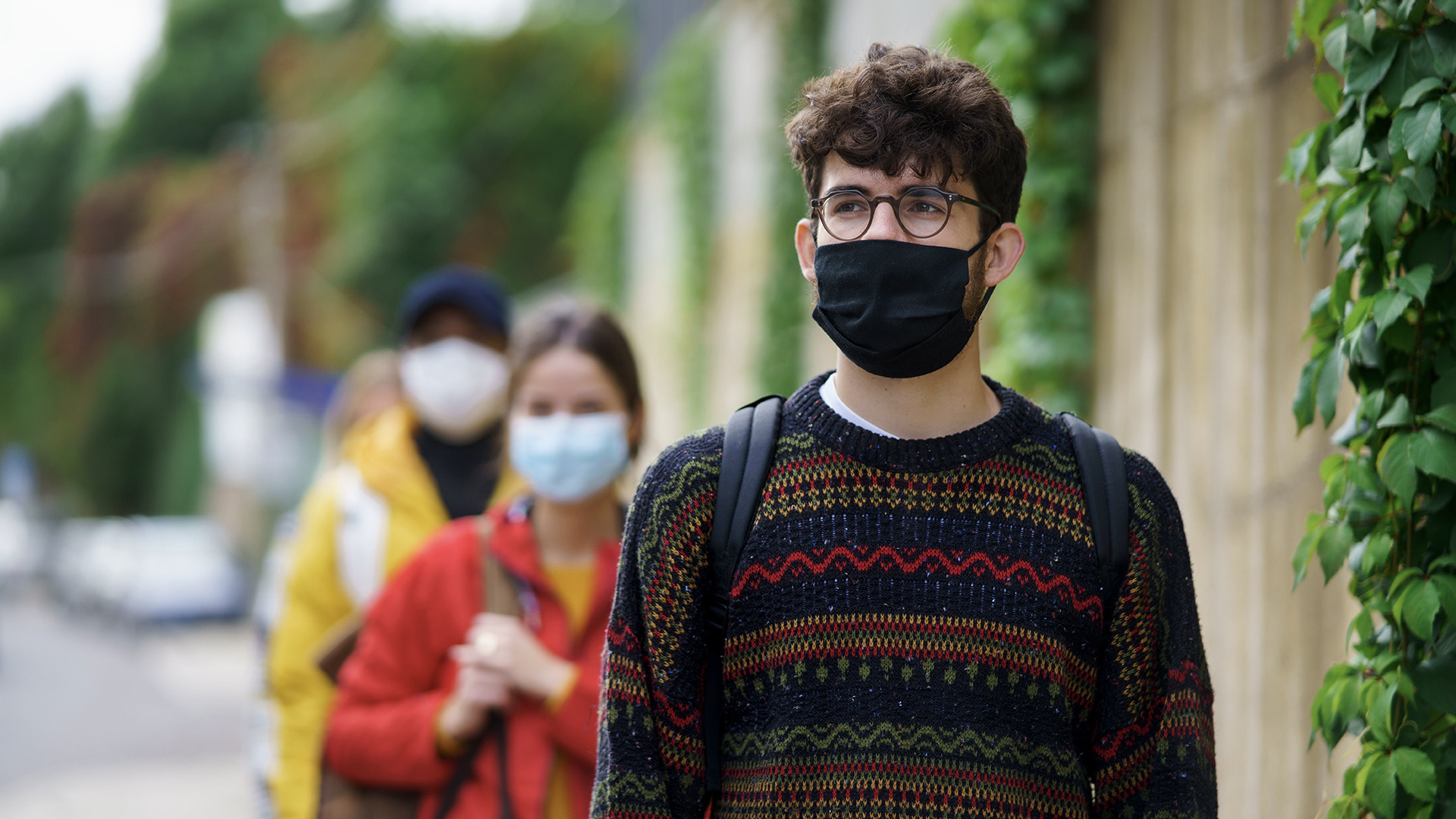
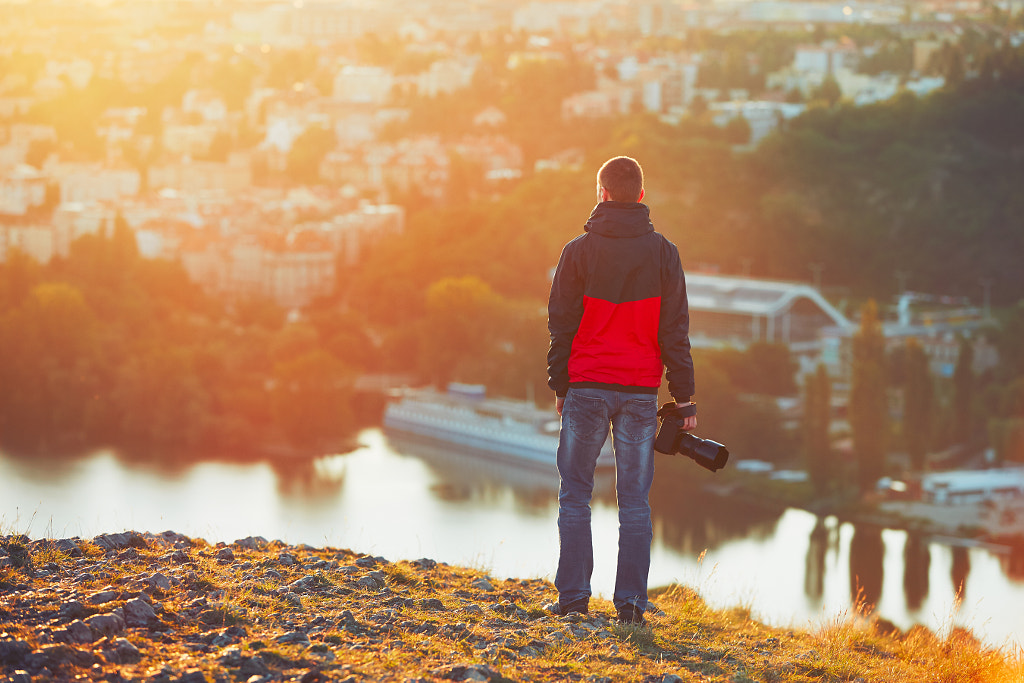


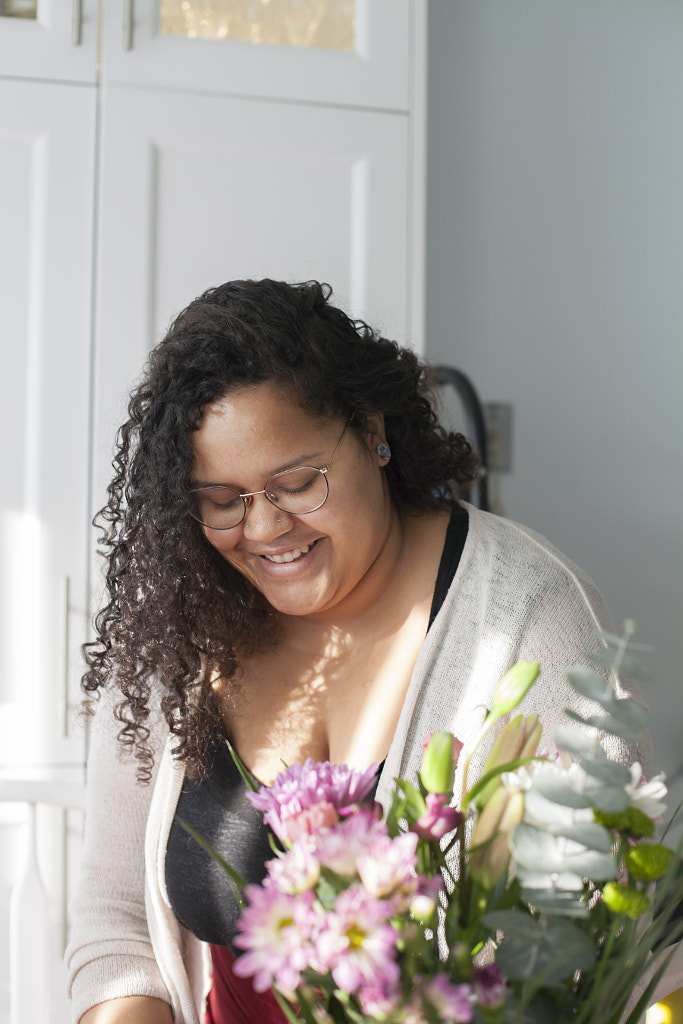

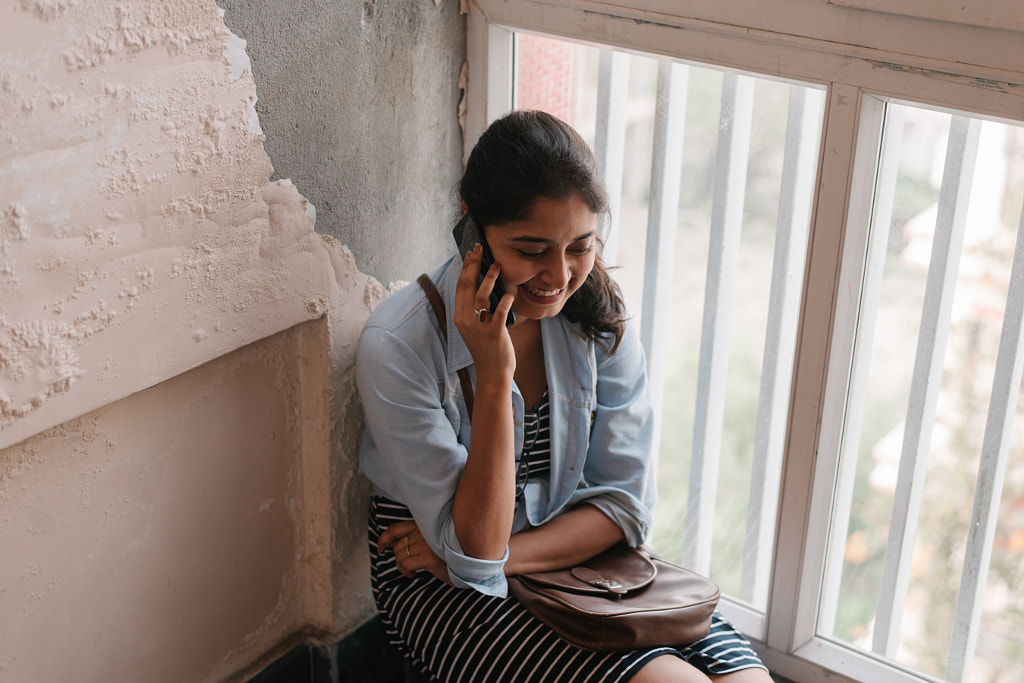
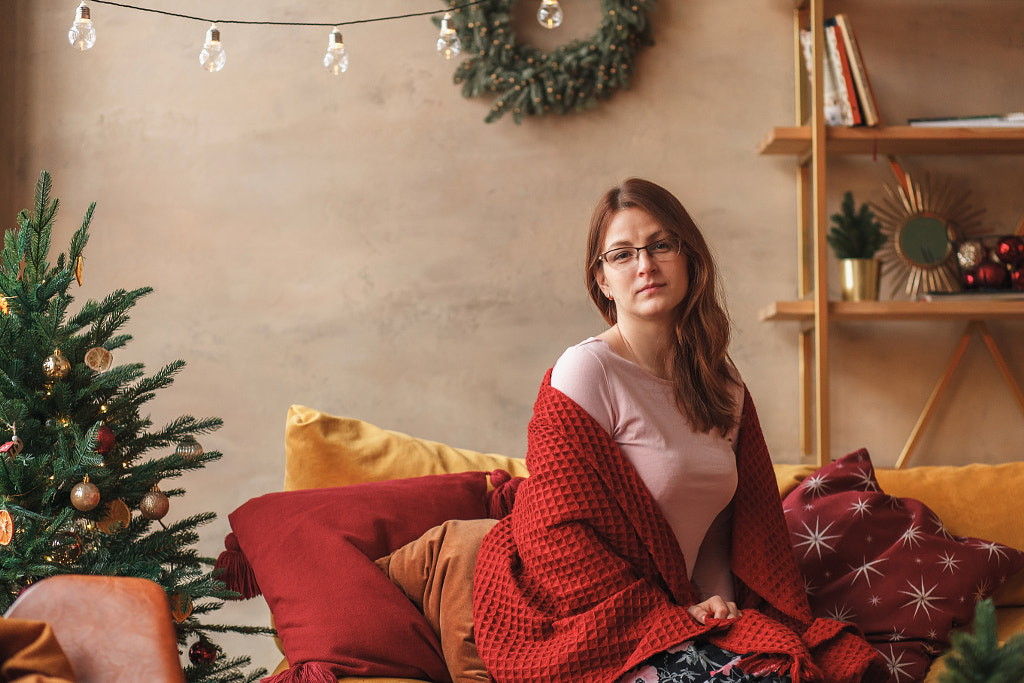
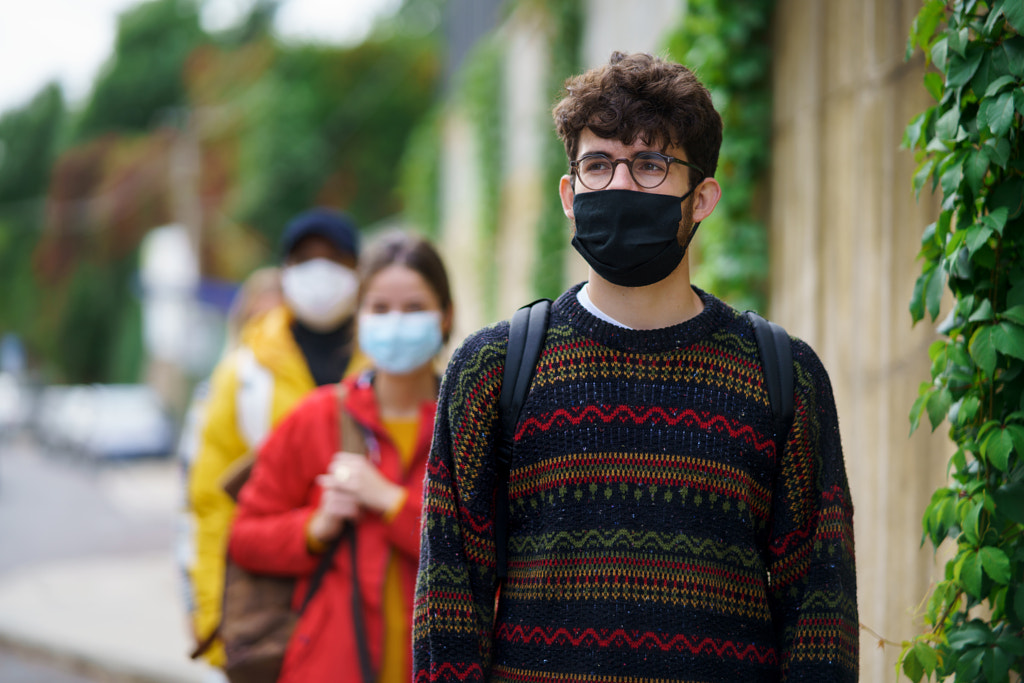
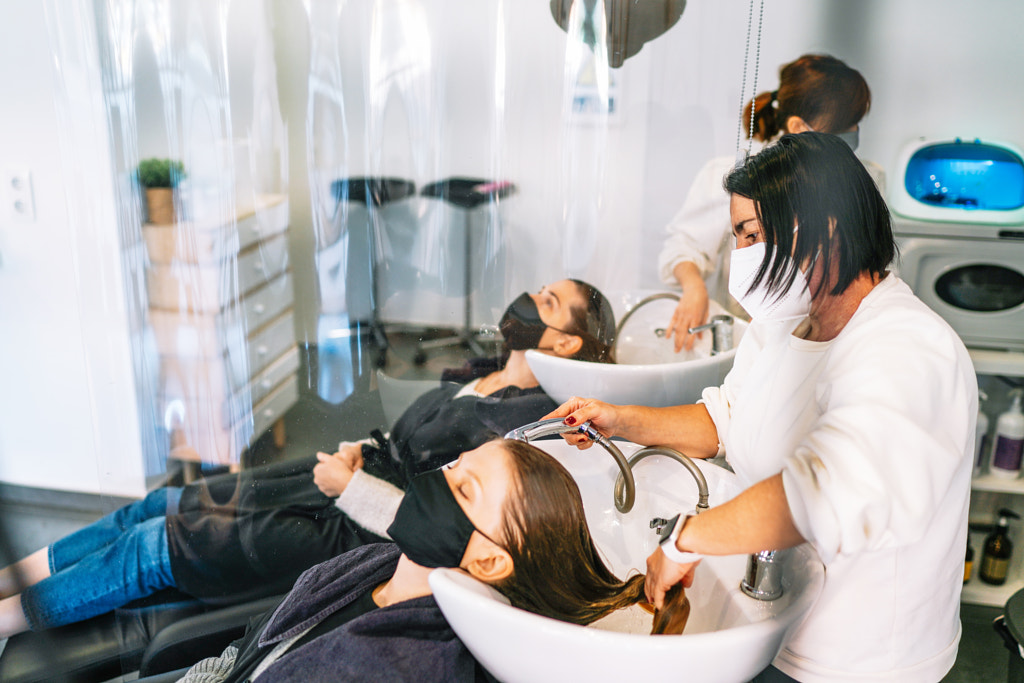
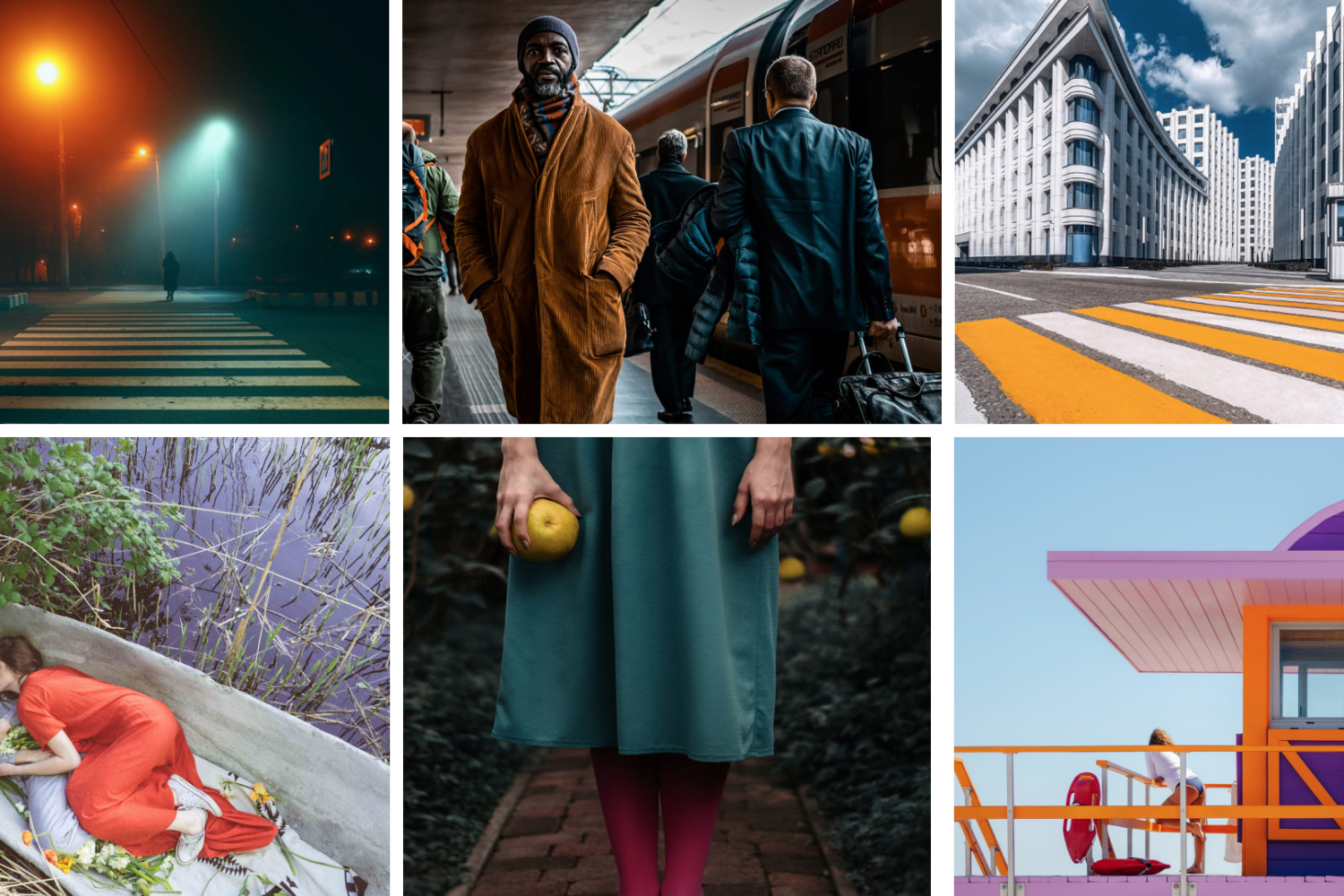


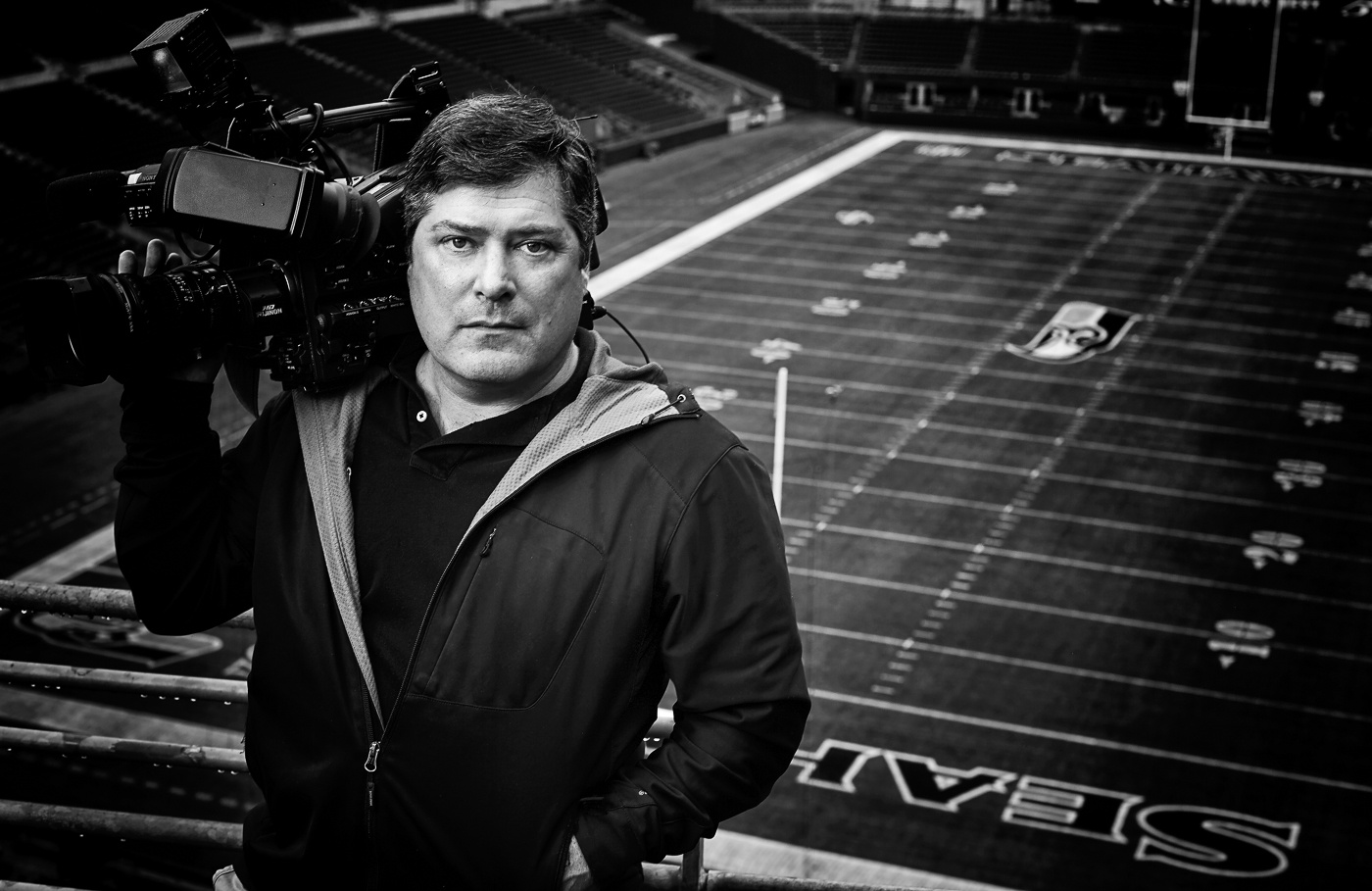

Leave a reply